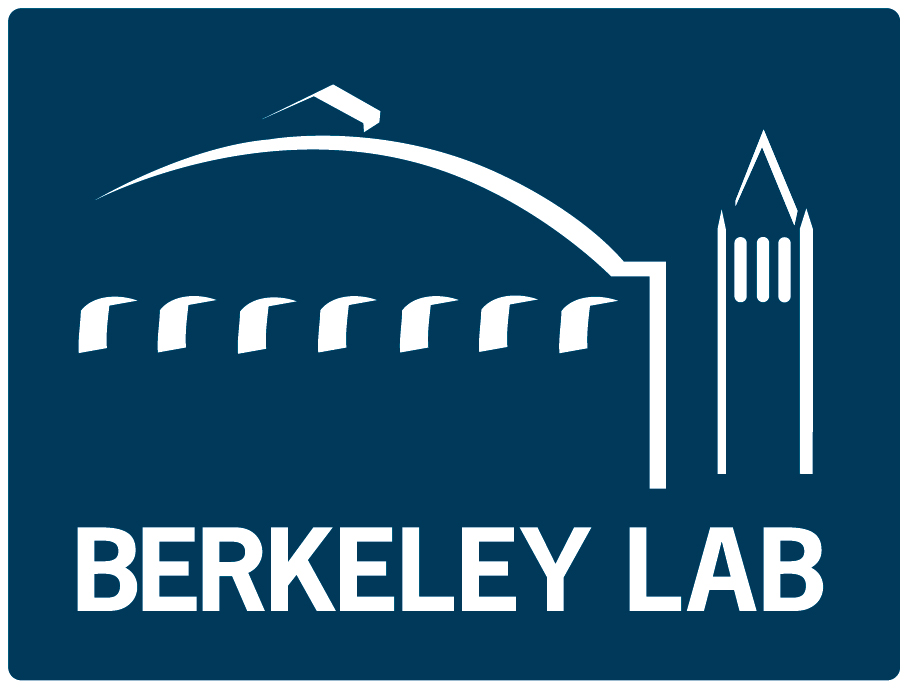APPLICATIONS OF TECHNOLOGY:
- Industrial scale production of catalysts for production of high value products such as olefin and ethylene
- CO2 mitigation
BENEFITS:
- Higher ethane and CO2 conversion efficiency with shorter induction period compared to other single-phase Zinc or Chromium or other hybrid catalysts
- Excellent ethylene (C2H4) selectivity and CO2 utilization
- Less energy intensive than industry standard processes
- Cost effective and realistic industrial scale-up
BACKGROUND:
Due to global climate change, there is growing interest in the efficient utilization of CO2 captured from the atmosphere for production of useful materials. One potential solution is to use ethane, which is a component of shale gas and has a high hydrogen content, as a “hydrogen source” to transform CO2 and produce ethylene, which is an important petrochemical building block.
However, the ability of CO2 and shale gas to be transformed into useful products is limited by underutilized C1 chemistry & low olefin selectivity as well as high cost of scarce precious metals involved in their chemical reactions. Cost-effective and scalable chemical catalysts are needed to make this conversion process more energy efficient and economically viable.
TECHNOLOGY OVERVIEW:
Researchers at Berkeley Lab have developed a new noble-metal-free binuclear-site catalyst for CO2-assisted ethane dehydrogenation. This catalyst exhibited excellent performance in terms of ethane and CO2 conversion efficiency, C2H4 selectivity, CO2 utilization, and regeneration capacity, and it was synthesized using low-cost and earth-abundant materials (ie. Zn and Cr). Additionally, the conversion was achieved at temperatures much lower than those of industry standard processes. The technology offers a promising, more energy efficient solution for CO2 mitigation by utilizing CO2 as a reactant to produce valuable chemicals such as ethylene, which is an important feedstock in the production of a wide range of plastic products.
Additionally, this catalyst is capable of being fabricated by one-pot method with noble-metal free elements, which makes its industrial scale-up cost-effective and feasible.
DEVELOPMENT STAGE:
Laboratory scale, similar system validation in relevant environment
PRINCIPAL INVESTIGATORS:
Ji Yang, Ji Su
IP Status:
Patent pending
OPPORTUNITIES:
Available for licensing or collaborative research
